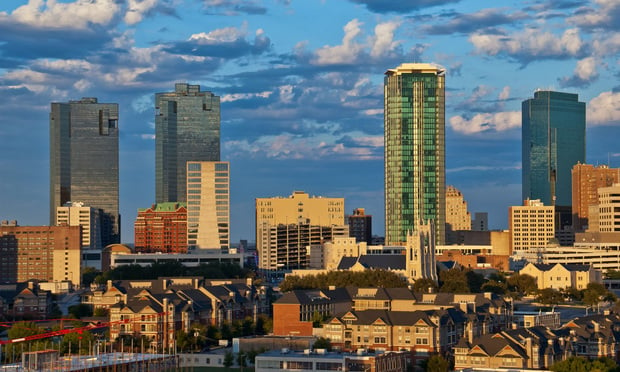But Hanna believes in risk-taking, and urged brokers at an Inland Real Estate client breakfast Friday to do the same. And Hanna still practices what he preaches as he approaches his 72nd birthday. Next month, he will make his fourth attempt at reaching the top of Mount Everest, having come 310 feet short of the pinnacle in his last try two years ago.
So what risk would Hanna take now if he were a younger investor?
"I would go to the West Side of Chicago and buy some vacant land and start building some apartments near transportation," says Hanna, explaining transit-oriented developments will increasingly be the hottest properties. "TODs, that's where you want to be. And 10- to 20-unit buildings that were built in the city around corners, they'll provide tremendous opportunities."
Vacancies in Lincoln Park, Hanna notes, are increasing to the point where they are the highest they have been in his 40-year real estate career. However, the overall market trend and demographics paint the city as a boom town for the long term.
Hanna sees water shortages in states that have enjoyed massive residential booms, such as Arizona and Florida, which will push people back to northern cities such as Chicago. The Great Lakes already provide 90% of the US' water and 20% of the world's water, Hanna claims, but the city has been tapping more water than allowed under a 93-year-old treaty with Canada, he adds. That means developers looking at capitalizing on an urban sprawl that has stretched the accepted boundaries of the metropolitan region should check on the ability of local aquifers to provide a water source, he says.
© Touchpoint Markets, All Rights Reserved. Request academic re-use from www.copyright.com. All other uses, submit a request to [email protected]. For more inforrmation visit Asset & Logo Licensing.






